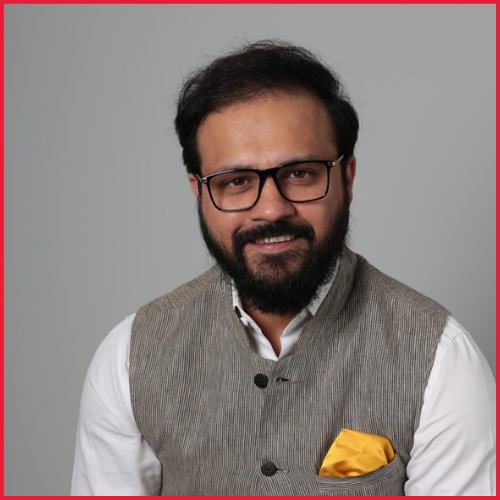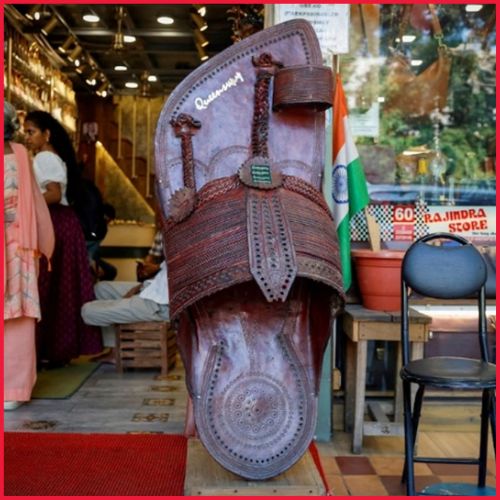BYJU’S Plunges $200 Million Into Hybrid Learning With BYJU’S Tuition Centre For School Children.
By early next year, BYJU’S Tuition Centre will be available in 200 cities across 80 centres in 23 cities.
Things are coming almost full circle for BYJU’S. The edtech behemoth began as an offline tutoring centre for students before transitioning to online learning and becoming one of India’s most valued firms. In a sense, the corporation is returning to its roots with the opening of BYJU’S Tuition Centre (BTC), its first genuine effort into blended or hybrid learning.
BYJU’S Tuition Centre, designed for kids in grades 4-10, has been in the works for more than 18 months, according to chief operating officer Mrinal Mohit. Himanshu Bajaj, who joined the company in December from consultancy major Kearney, will lead the business.
The company’s $1 billion acquisition of coaching centre behemoth Aakash Educational Services last year has also played a part in the fast expansion of BYJU’s Tuition Centre in recent months.
The $200 Mn BYJU’S Tuition Centre Plan
BYJU’S would invest up to $200 million in the next 12 to 18 months to establish and grow BTC. It hopes to enrol 1 million students in the next two years using this hybrid strategy, which mixes high-tech classrooms with its existing online learning courses. According to Bajaj, each of these classrooms can hold 2,000 to 4,000 students, allowing the firm to swiftly scale up.
The edtech behemoth has been testing the product in 23 cities over 80 centres as a pilot, with plans to expand to 500 centres across 200 cities by the end of the year. It further stated that this network of coaching centres will employ more than 10,000 people in the first year alone.
Mohit said that they will first be held for mathematics and science (biology, chemistry, and physics), but that they may be expanded to include exam prep and other subjects such as coding or music as well. For the time being, the emphasis is solely on school-level curriculum, although other course modules may be introduced in the future.
BYJU’S, according to Mohit, has established and expanded its offering of products and services throughout the years as the market has requested. For example, it began with offline lessons, but as internet and smartphone adoption increased, it included recorded classes for self-learning as well as live sessions in 1:1 and 1:20 formats.
BTC is for users, students, or parents who believe they require physical intervention that an online-only platform cannot provide. As we saw in our look at the future of blended learning, firms are adopting three major approaches.
- Value-added services (VAS) at schools and universities are available online.
- Offline touchpoints and online-to-offline learning are examples of omnichannel edtech.
- Tech-enabled schools and colleges, i.e. offline-to-online education.
BYJU’S has chosen a hybrid of the second and third models. While edtech makes learning more convenient, there is still the issue of the digital divide and a lack of participation. Student-teacher contact is essential for developing higher-order cognitive abilities, conceptual understanding, soft and social skills, and more.
Blended or hybrid learning provides the best of both worlds and contributes significantly to bridging crucial concerns such as the digital divide.
Even while edtech platforms reached record heights during the epidemic, the need for integrated learning is evident and present now that schools are reopening. Even if online learning becomes the norm outside of the classroom, the need for a physical teacher will never go away. At the end of the day, the human touch and the teacher-student relationship will always be paramount in education, and even the world’s largest edtech startup has now accepted the hybrid future of edtech.
Things are coming almost full circle for BYJU’S. The edtech behemoth began as an offline tutoring centre for students before transitioning to online learning and becoming one of India’s most valued firms. In a sense, the corporation is returning to its roots with the opening of BYJU’S Tuition Centre (BTC), its first genuine effort into blended or hybrid learning.
BYJU’S Tuition Centre, designed for kids in grades 4-10, has been in the works for more than 18 months, according to chief operating officer Mrinal Mohit. Himanshu Bajaj, who joined the company in December from consultancy major Kearney, will lead the business.
The company’s $1 billion acquisition of coaching centre behemoth Aakash Educational Services last year has also played a part in the fast expansion of BYJU’s Tuition Centre in recent months.
The $200 Mn BYJU’S Tuition Centre Plan
BYJU’S would invest up to $200 million in the next 12 to 18 months to establish and grow BTC. It hopes to enrol 1 million students in the next two years using this hybrid strategy, which mixes high-tech classrooms with its existing online learning courses. According to Bajaj, each of these classrooms can hold 2,000 to 4,000 students, allowing the firm to swiftly scale up.
The edtech behemoth has been testing the product in 23 cities over 80 centres as a pilot, with plans to expand to 500 centres across 200 cities by the end of the year. It further stated that this network of coaching centres will employ more than 10,000 people in the first year alone.
Mohit said that they will first be held for mathematics and science (biology, chemistry, and physics), but that they may be expanded to include exam prep and other subjects such as coding or music as well. For the time being, the emphasis is solely on school-level curriculum, although other course modules may be introduced in the future.
BYJU’S, according to Mohit, has established and expanded its offering of products and services throughout the years as the market has requested. For example, it began with offline lessons, but as internet and smartphone adoption increased, it included recorded classes for self-learning as well as live sessions in 1:1 and 1:20 formats.
BTC is for users, students, or parents who believe they require physical intervention that an online-only platform cannot provide. As we saw in our look at the future of blended learning, firms are adopting three major approaches.
- Value-added services (VAS) at schools and universities are available online.
- Offline touchpoints and online-to-offline learning are examples of omnichannel edtech.
- Tech-enabled schools and colleges, i.e. offline-to-online education.
BYJU’S has chosen a hybrid of the second and third models. While edtech makes learning more convenient, there is still the issue of the digital divide and a lack of participation. Student-teacher contact is essential for developing higher-order cognitive abilities, conceptual understanding, soft and social skills, and more.
Blended or hybrid learning provides the best of both worlds and contributes significantly to bridging crucial concerns such as the digital divide.
Even while edtech platforms reached record heights during the epidemic, the need for integrated learning is evident and present now that schools are reopening. Even if online learning becomes the norm outside of the classroom, the need for a physical teacher will never go away. At the end of the day, the human touch and the teacher-student relationship will always be paramount in education, and even the world’s largest edtech startup has now accepted the hybrid future of edtech.














